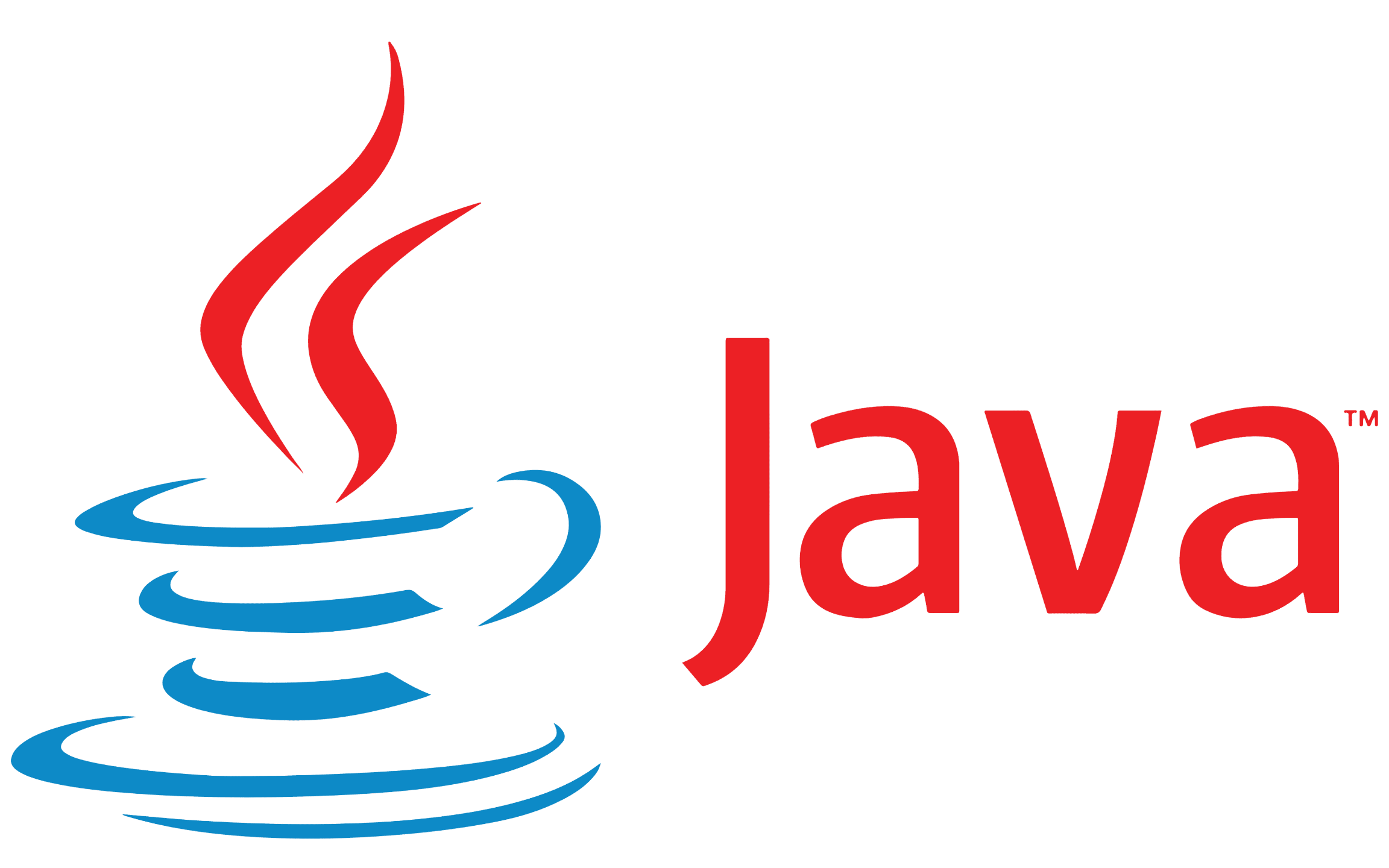Java Programming for Data Science Beginners
A well-rounded career in data science requires a firm understanding of the Java programming language. This Java learning course is perfect for beginners.
Enroll NowSince its inception, Java has become one of the most popular programming languages for over 20 years. This platform-independent language amazes everyone with its sheer performance and versatility.
Whether you're a student or an experienced programmer, this Java tutorial for beginners is designed to help you gain essential skills and knowledge to become a professional Java developer.
Throughout this comprehensive course, you'll learn the basics of Java syntax and structure, as well as important concepts such as data types, variables, operators, conditional statements, loops, functions, and classes. You'll also learn how to install Java and IntelliJ (a popular IDE), as well as how to build a small “Hello world” program using the Java language.
Additionally, you will learn about the components of a Java program, including packages, import statements, classes and objects, fields, and methods.
So whether you're looking to learn Java for work or as a hobby, this course will provide you with the knowledge and skills you need to succeed in the world of big data.
Enroll now to take your first step toward a rewarding career in data science! Click the link below to start today:
Enroll NowCourse Objectives
In this Java beginner course, we will explore the following:

- Understanding why Java is so famous
- How to install Java and IntelliJ
- How to build a “Hello world” program in Java
- JVM Architecture
- Different class loaders available and their roles
- Different memory areas in JVM and what gets stored
- Different components of a JVM execution engine and how they work
- Different components of a typical Java program
- Different types of variables, such as instance variables, static variables, and local variables
- How to declare different types of variables
- The scope of different types of variables
- Order of variables initialization
- Operator precedence, or in what order the operators precede over one another
- Decision statements, such as "If-Then" statements and
- Switch statements
- Loop and "Do-While" statements
Who Should Take This Course?
The course is designed to provide a solid foundation of understanding for the Java programming language. This should be useful for candidates who aspire to make career moves to big data, or for those who aspire to become Java developers.
Data Science aspirants, Big data developers, data engineers, and big data architects who don’t have any prior experience or knowledge of Java will find this course perfect for their needs.
The course is ideal for:
- Aspiring candidates looking for a move to Java development
- Big data engineers, big data developers, and big data architects who don’t know the basics of Java
- Data scientists and analytics professionals who don’t know the basics of Java
- Anyone who is looking for a career move in big data (programming languages are a necessity in this field)

Pre-Requisites for This Course
A basic understanding of software programming should be sufficient to take this course. However, it is not mandatory as this course covers the fundamental basics.
Enroll NowWhy Learn Java?
Being a Big Data eLearning developer without knowing a programming language is akin to being an axe without a handle. It is absolutely essential to be well-versed in at least one of the programming languages — such as Java, Scala, or Python. This is because these languages are commonly used with big data technologies, and they work well with big data tools.
So if you are a big data expert but fall short on programming languages, learning Java can be a great way to enhance your skills and knowledge. Not only is Java easy to learn and versatile, but it also has extensive support from the big data community and is widely used in a variety of industries.
Whether you are an aspiring big data professional or a seasoned expert, learning Java can help you stay ahead of the curve and unlock new opportunities in your career.

Curriculum

- Why Is Java So Famous
- How to Install Java
- JVM Architecture
- Class Structure and Components Part I
- Class Structure and Components Part II
- Static Variables vs. Instance Variables vs. Local Variables
- Order of Initialization
- Operators
- Decision Statements
- Loop Statements
Are you ready to take your first step toward a rewarding career in big data? Enroll now in our free beginner Java course to learn the basics of this essential programming language and start your journey toward success in data science!
